THE SOUNDS OF THE ALPS
LANDSCAPE

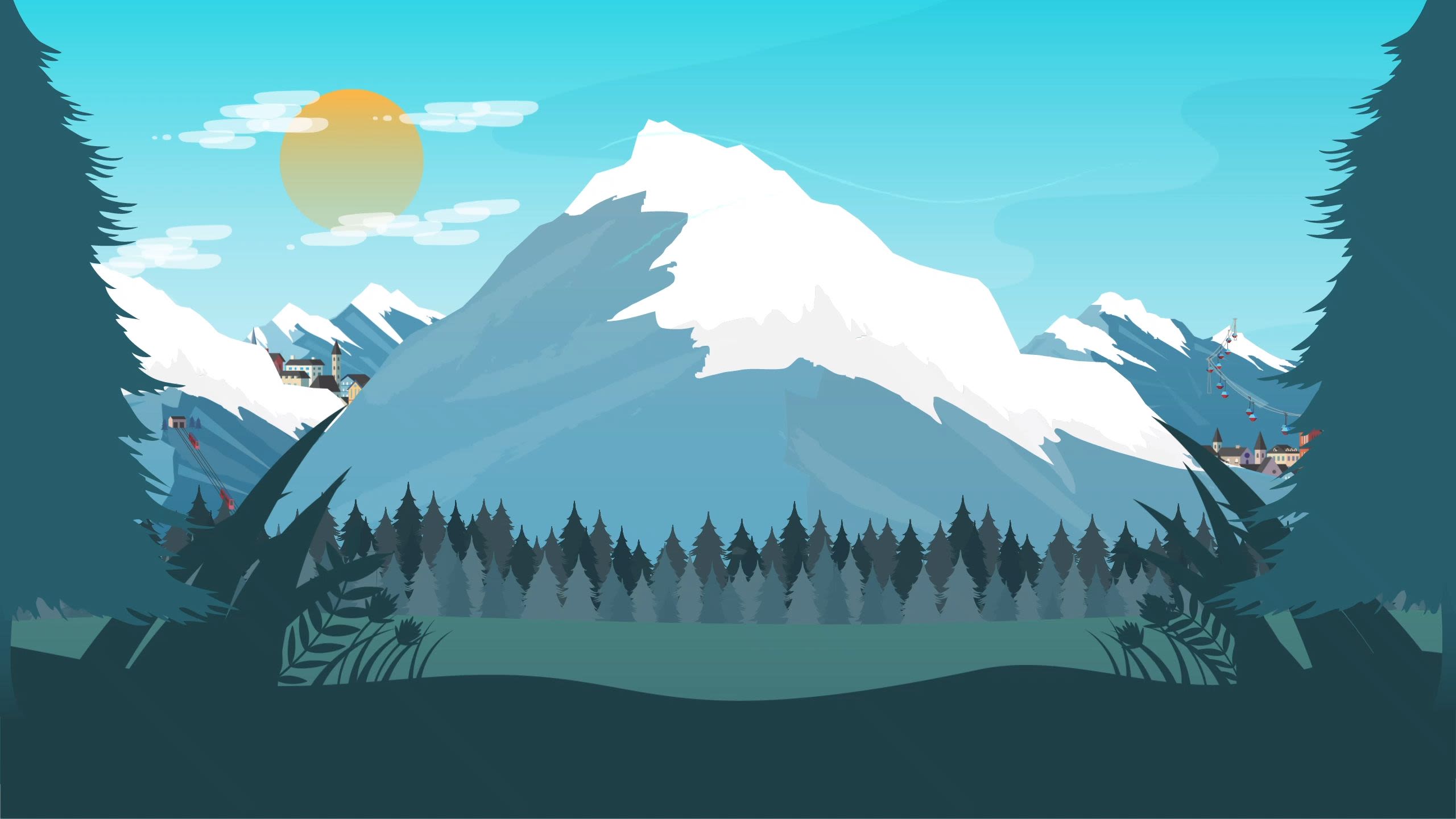
Join native Alpiner Johannes Pleschberger on his journey through this incredible mountain range at the heart of Europe.
In this 30-minute podcast he investigates some of the extreme changes facing the Alpine landscape.
This story is part of CGTN Europe's series The Alps: Timeless and changing.
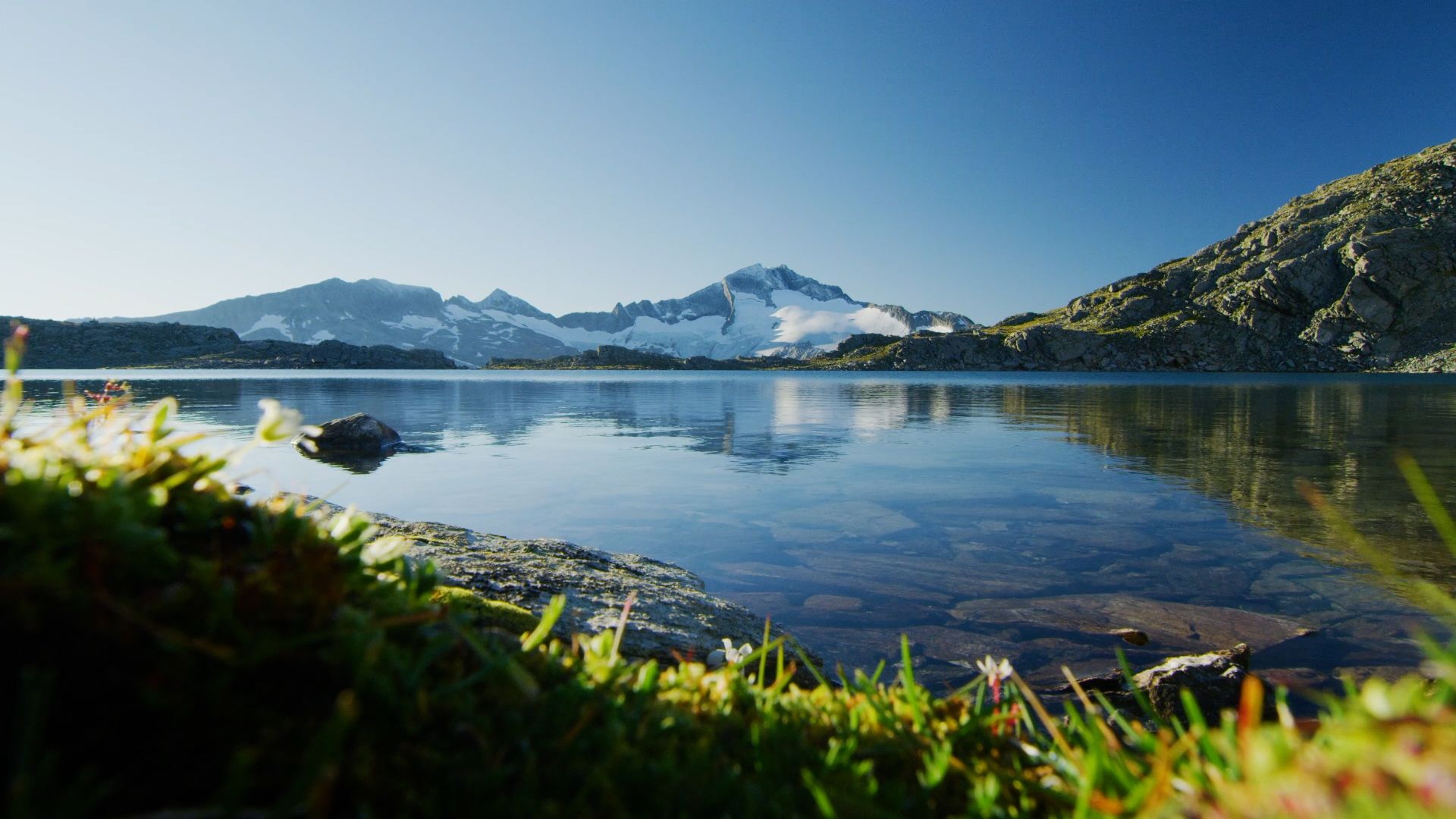
One of the most noticeable effects of climate change is the shrinking of the glaciers. Researchers say that since 1850, Alpine glaciers have lost more than half their volume.
At the Mer de Glace in the western Alps they're trying to protect the glacier and educate people about the changing landscape.
Pastureland in the Alpine foothills is shrinking, too, as spring arrives three to four weeks earlier than it did 60 years ago. Farmers are learning new methods about how best to graze their cattle as the pastures move higher up the mountains, keeping Alpine traditions alive.
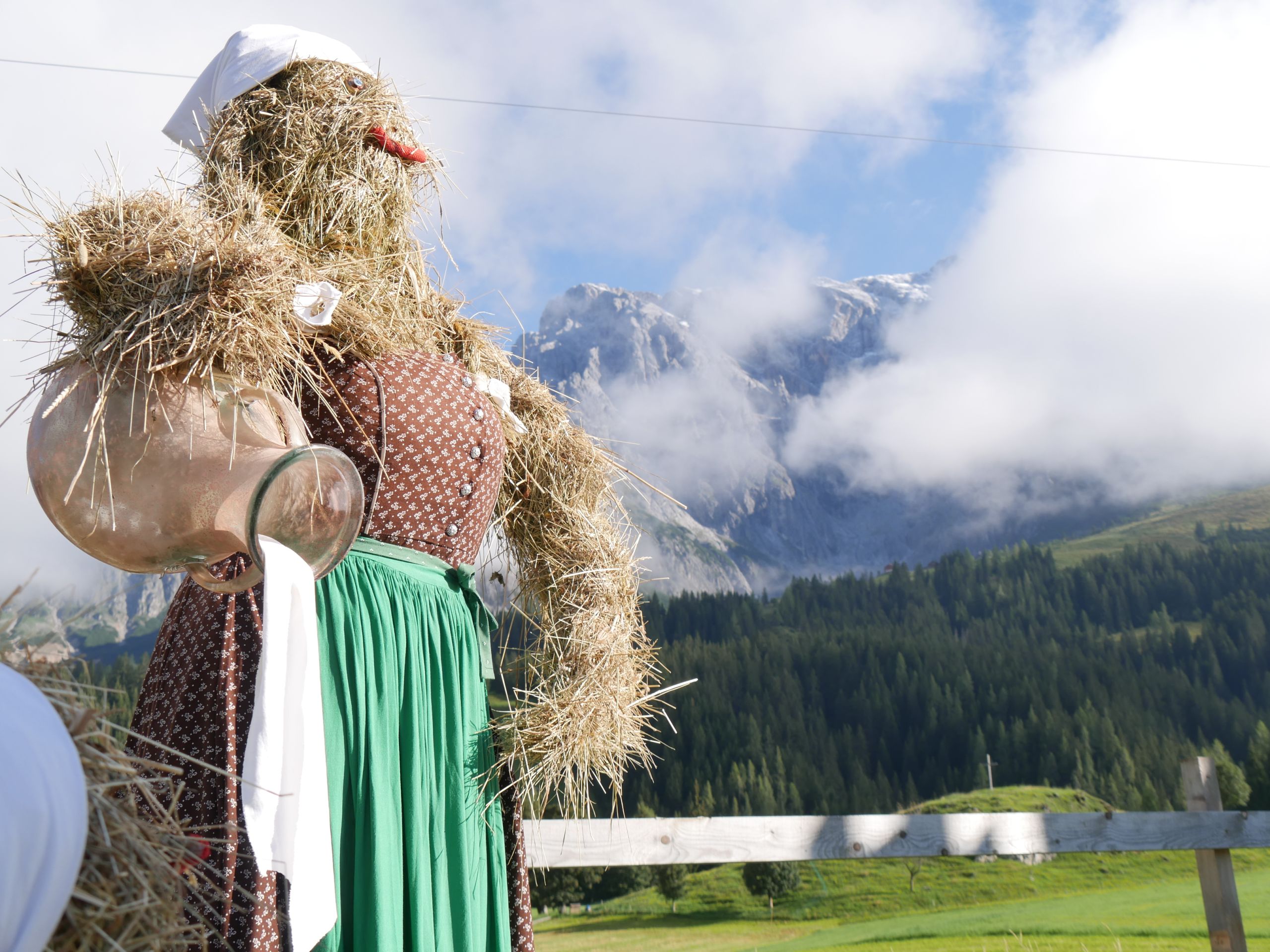
As storms increase in intensity we find out how fallen timber in the Italian Alps has been saved to help produce 30,000 pianos, violins and harps in the style of Stradivari.
And we visit a restaurant that has shifted from one country to another because of a melting border.
To hear more on these stories, scroll to the top and listen to CGTN's podcast The Alps: Timeless and changing – Landscape.
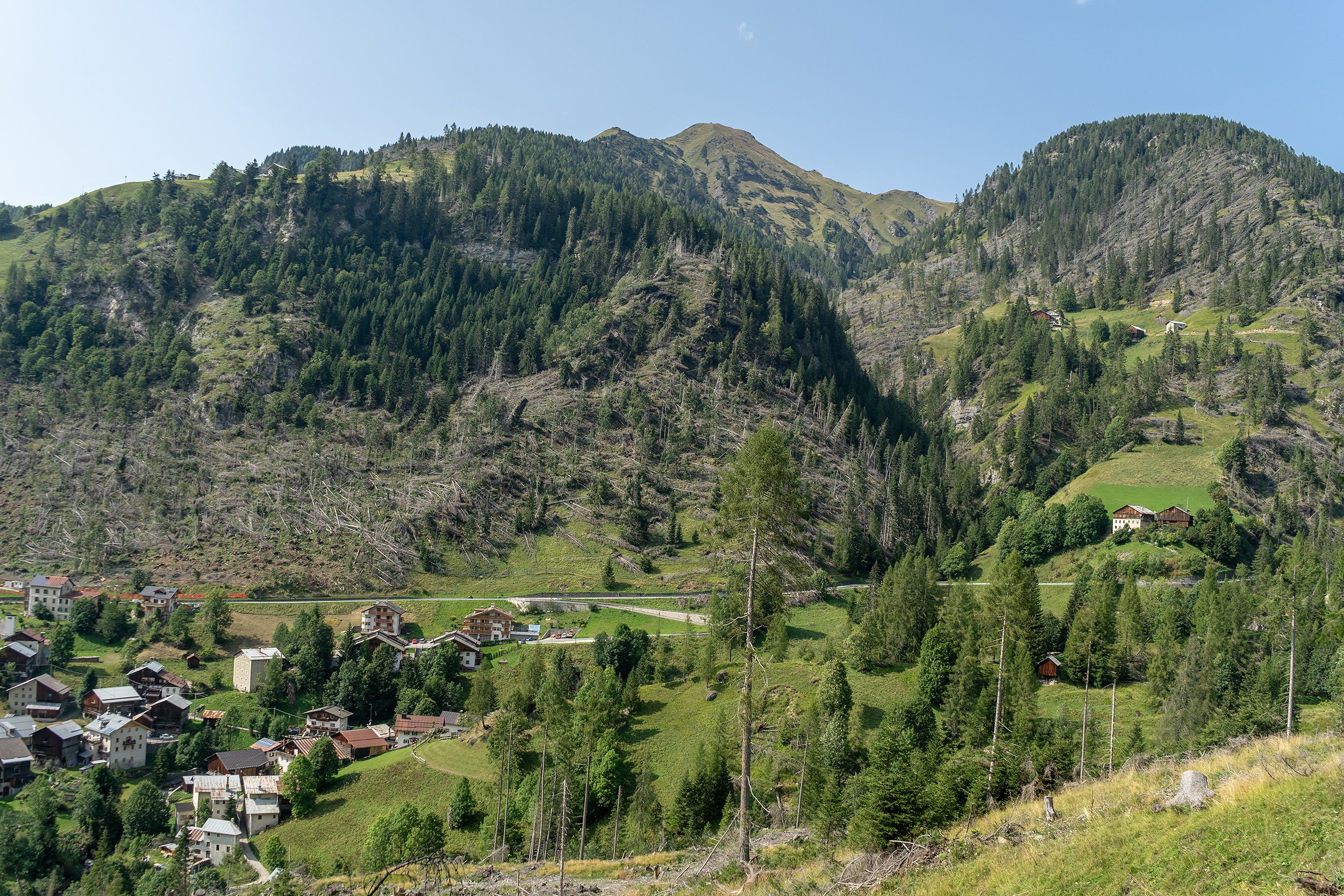
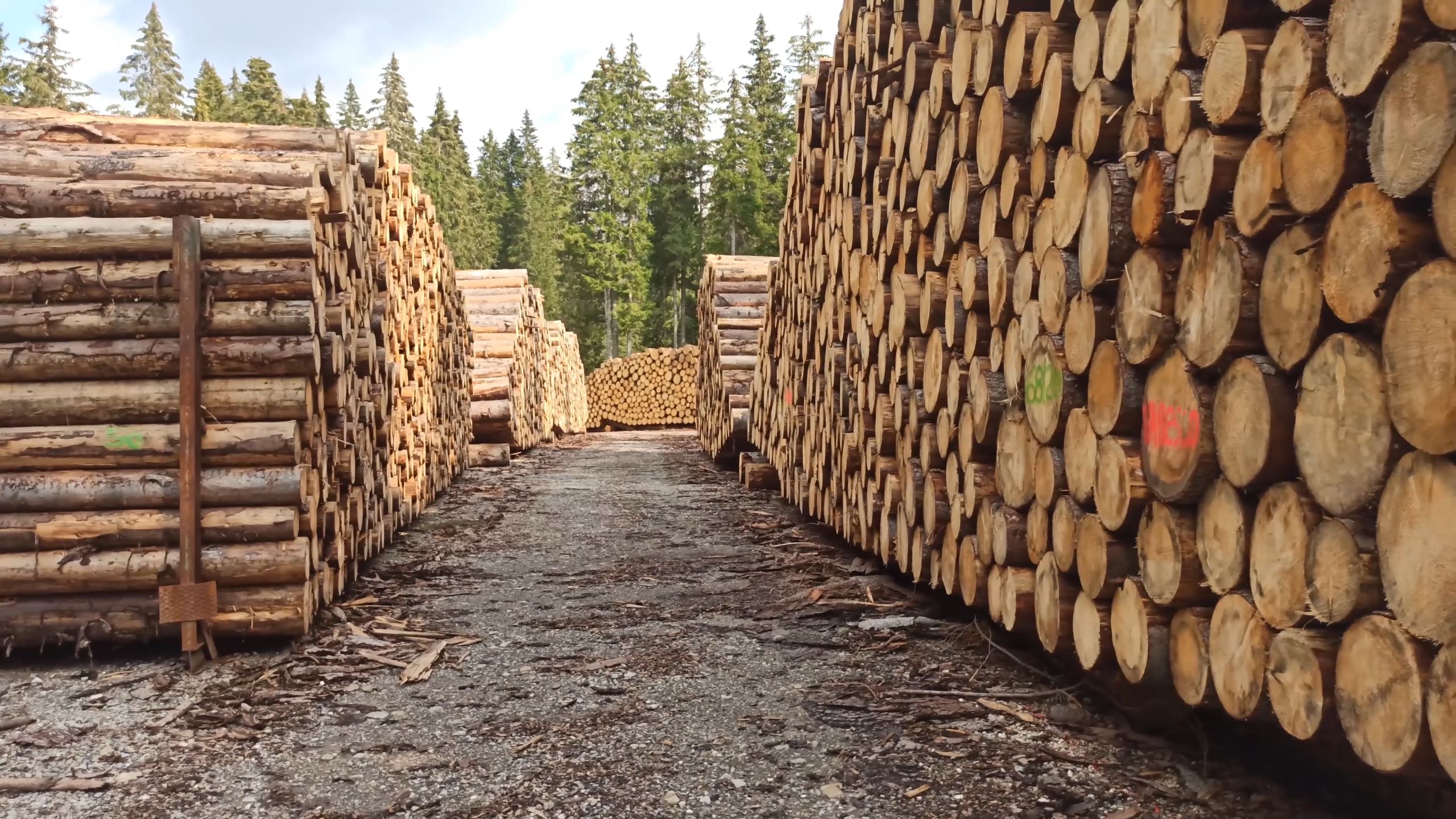
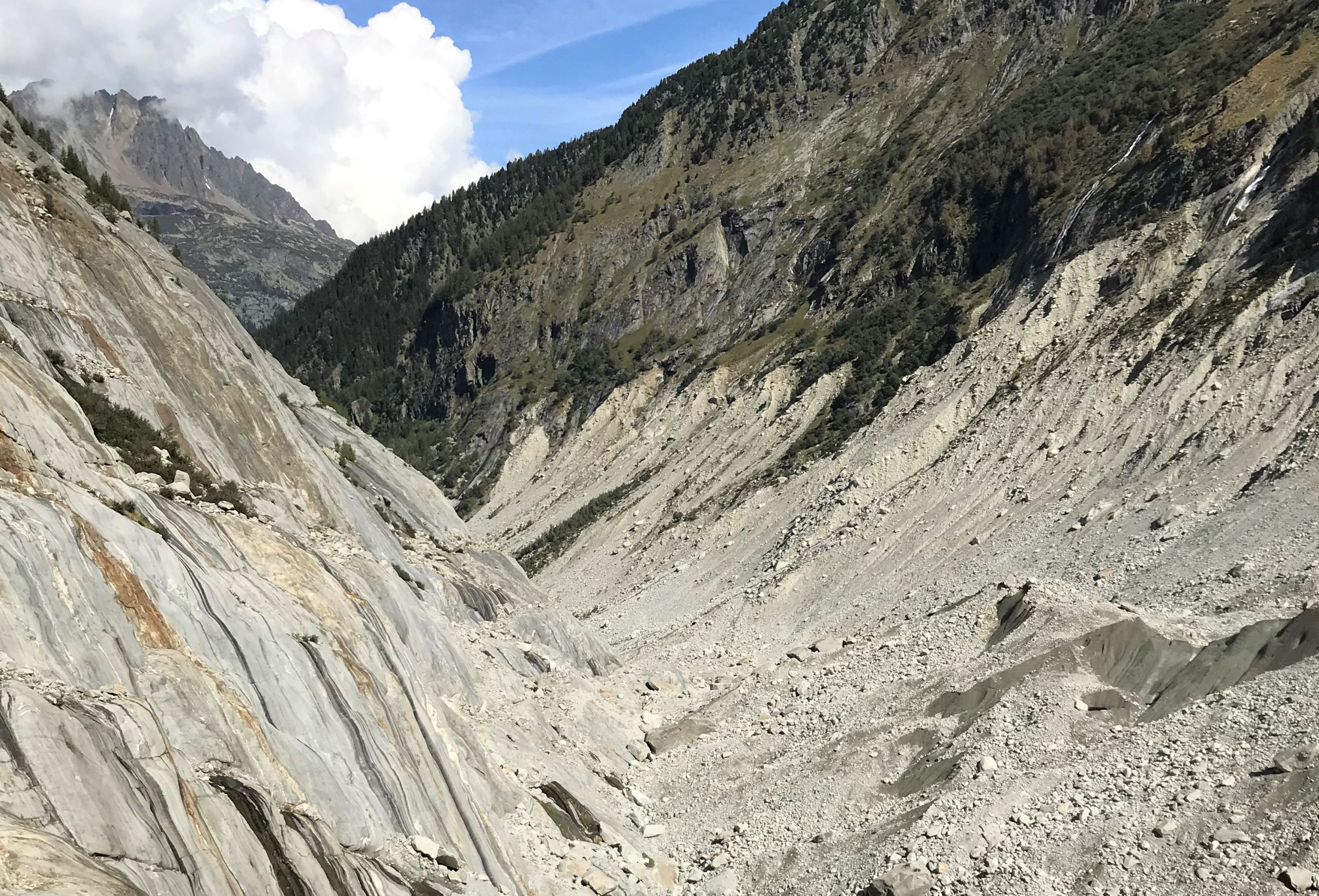
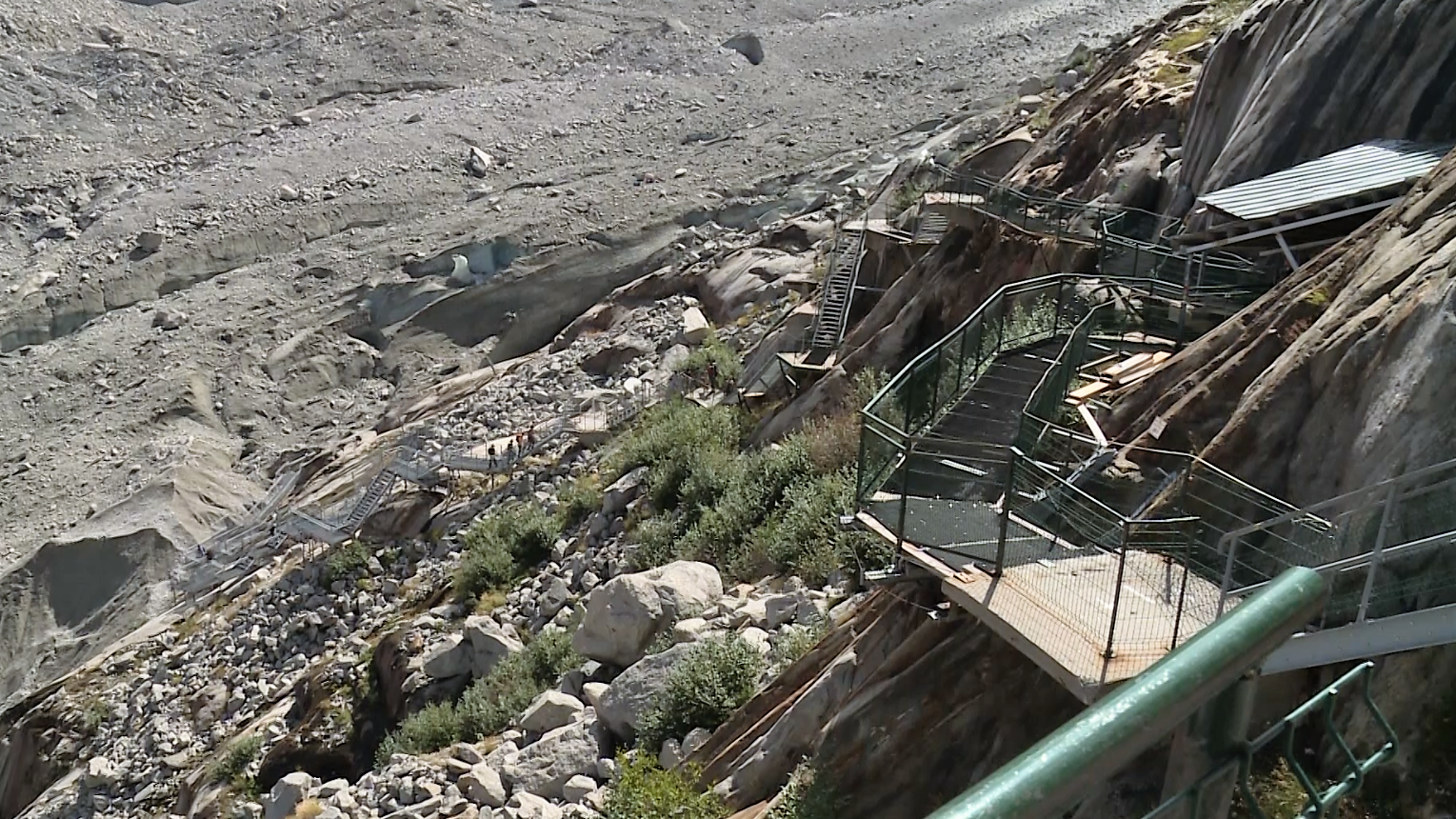
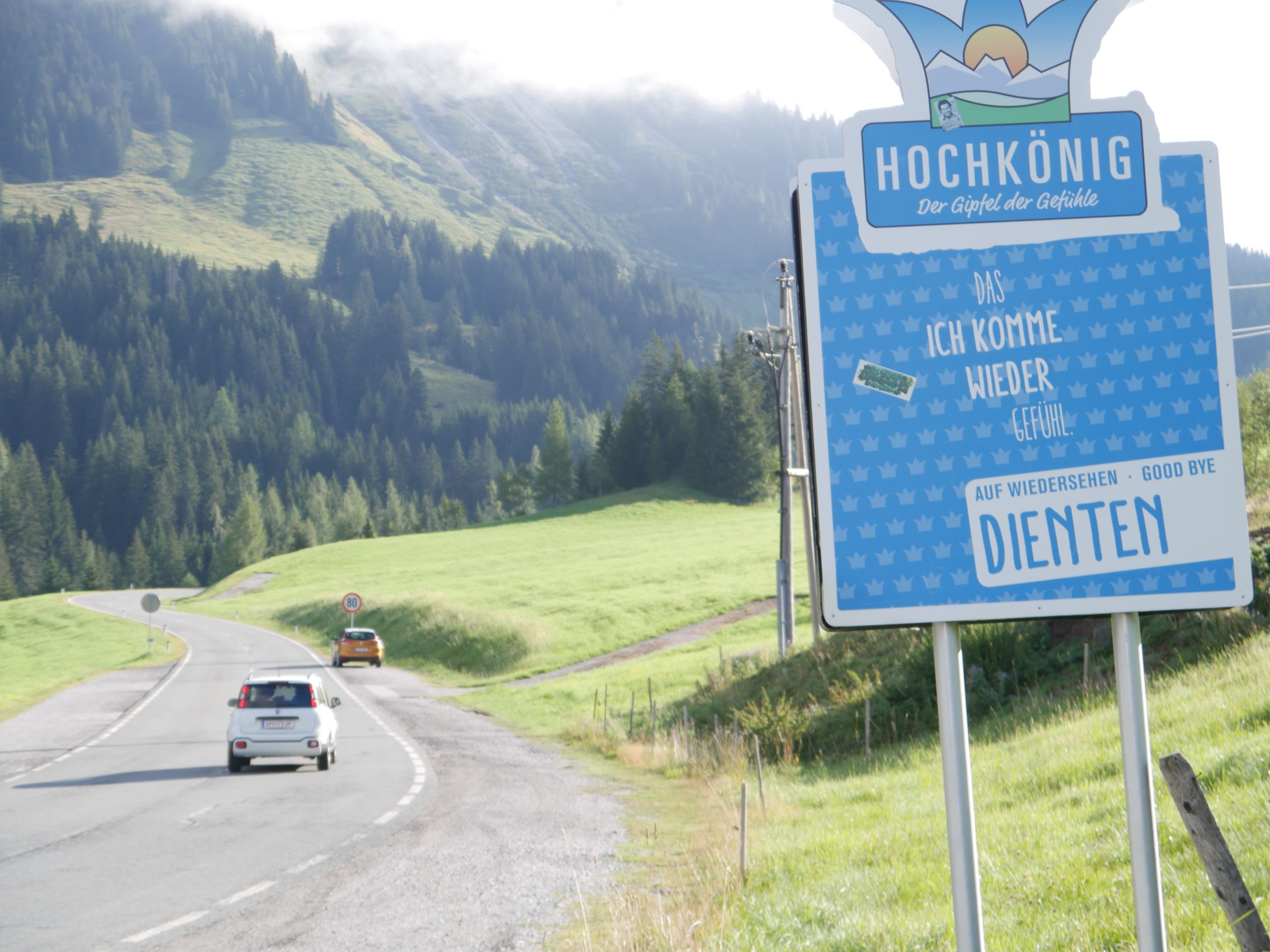
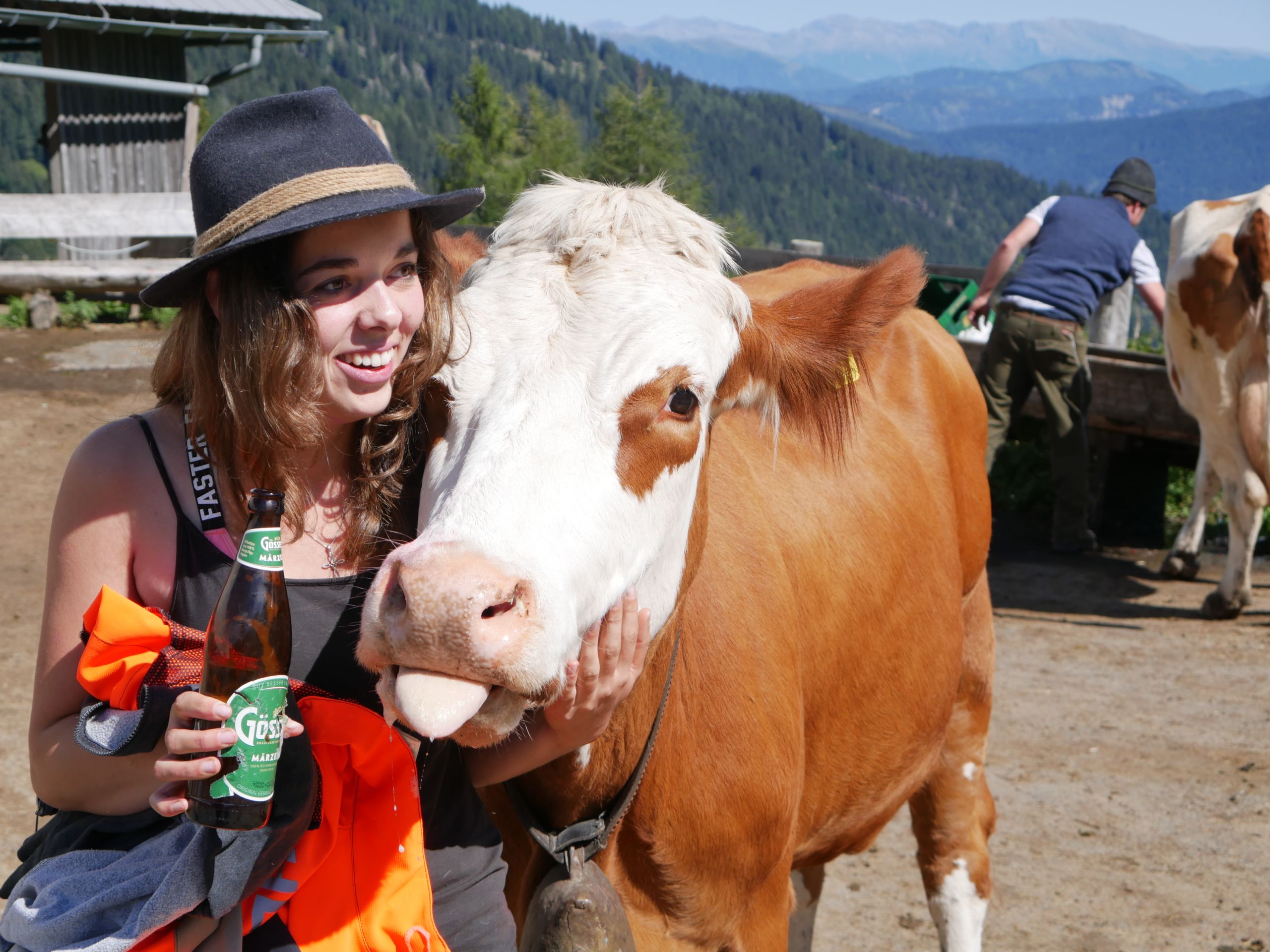

The historic Val di Fiemme forest after it was damaged by a storm in 2018. Credit: VAIVA.
The historic Val di Fiemme forest after it was damaged by a storm in 2018. Credit: VAIVA.

The wood salvaged after a storm destroyed 14 million trees. Credit: VAIA.
The wood salvaged after a storm destroyed 14 million trees. Credit: VAIA.

Mer de Glace in the path of a retreated glacier.
Mer de Glace in the path of a retreated glacier.

A walkway at the Met de Glacé that used to take visitors over ice before the glacier receded.
A walkway at the Met de Glacé that used to take visitors over ice before the glacier receded.

An area near grazing pastures in Austria. Credit: Johannes Pleschberger.
An area near grazing pastures in Austria. Credit: Johannes Pleschberger.

An image of a festival held in Austria after the cow herders return from the mountains. Credit: Johannes Pleschberger.
An image of a festival held in Austria after the cow herders return from the mountains. Credit: Johannes Pleschberger.
Moving borders
By Marco Carlone and Daniela Sestito
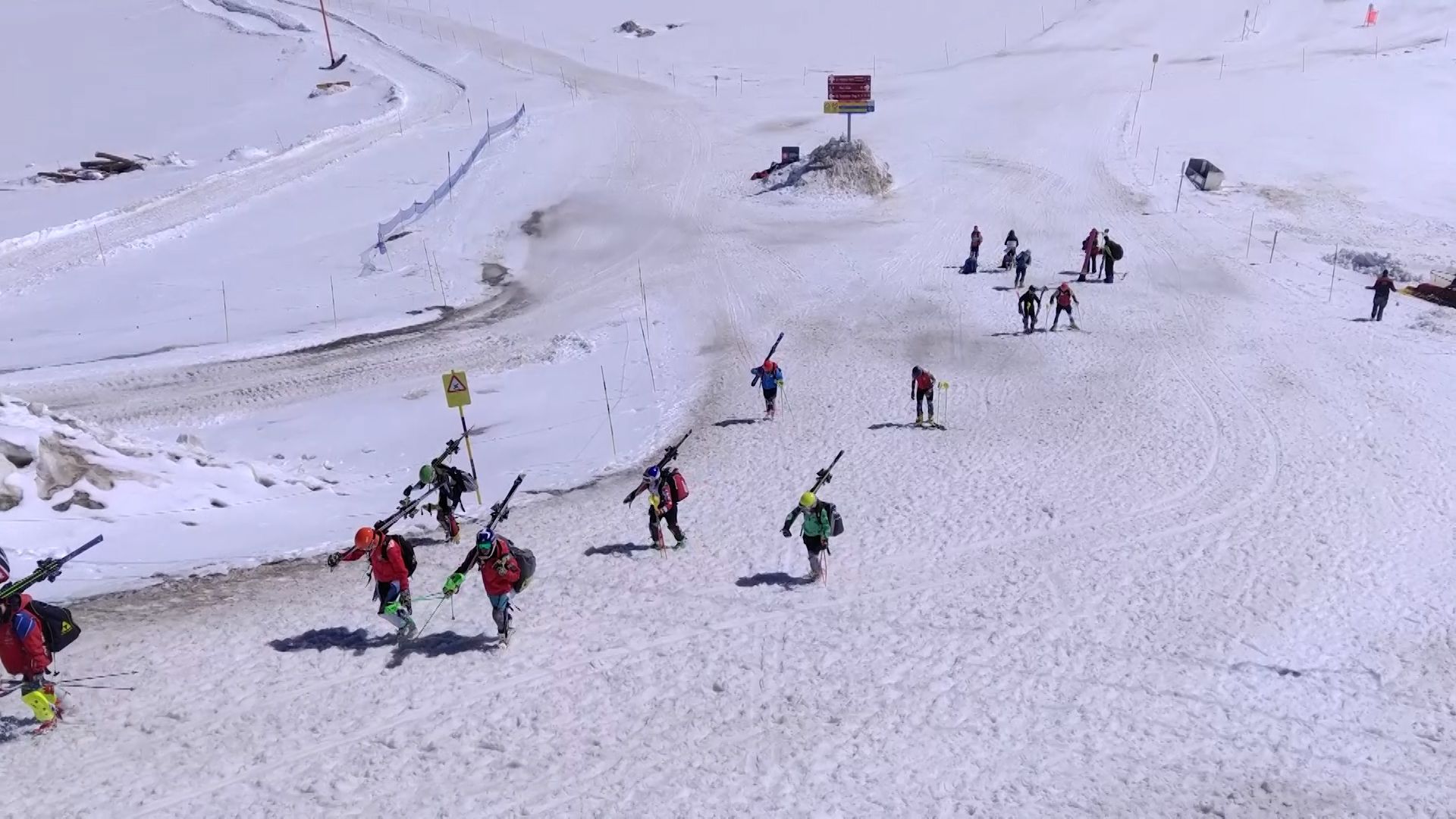
"According to the latest measurements, the border would pass right here in the middle," says Lucio, marking with his hand an imaginary line between the tables. All around him, skiers and hikers refresh themselves with dishes of typical Italian mountain cuisine, while outside a cold wind blows on the Teodulo glacier.
Lucio Trucco is the manager of the Rifugio Guide del Cervino, a small wooden hut just a few steps from the summit of the rocky prominence Testa Grigia. The windows of the hut offer breathtaking views of the highest and most famous peaks in the Alps: on one side the Matterhorn and the valley of Cervinia, on the other the Plateau Rosa and, at the bottom of the slope, the Swiss town of Zermatt.
"When it was built in 1982, the refuge was completely on Italian territory," says Trucco, "but in recent years, with the rise in temperature, the glacier that previously overlooked the building has shrunk, and as a result the border has moved, too."
The ridges of the Alps have long marked the border between Italy and Switzerland, between Mediterranean and Continental Europe. But it has not always been easy for geographers to pin down that boundary.
"When you draw the border, you can't put a demarcation point every X meters, especially where the rock is hidden by glaciers or snow that never melts," says Alain Wicht of Swisstopo, the Swiss National Topographical Institute, in his office in Bern.
On the rock and stable ground between Switzerland and Italy, metal plates and boundary stones are placed as tangible markers defining the demarcation line. But no such thing can be accomplished for those 594 km of border running along the snowfields and glaciers. "In these circumstances the watershed is then used – a theoretical line that indicates on which side of the mountain slopes the water flows," Wicht explains.
The watershed, when on a glacier, follows its natural evolution. But if the glacier melts, it can happen that its water drips no longer on one face, but on the opposite one. As a result of global warming, this phenomenon has also occurred on the Testa Grigia, making these borders mobile.
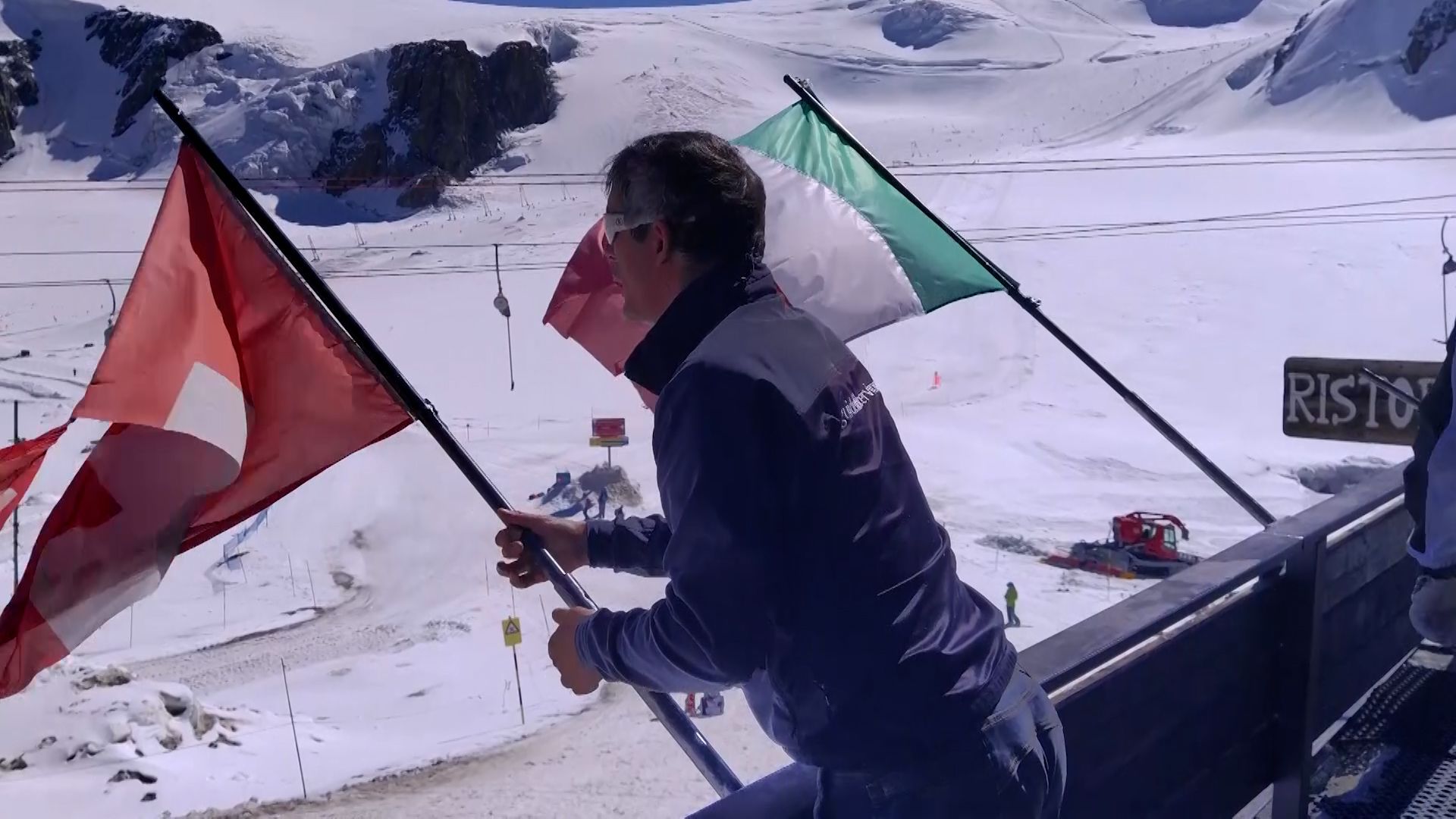
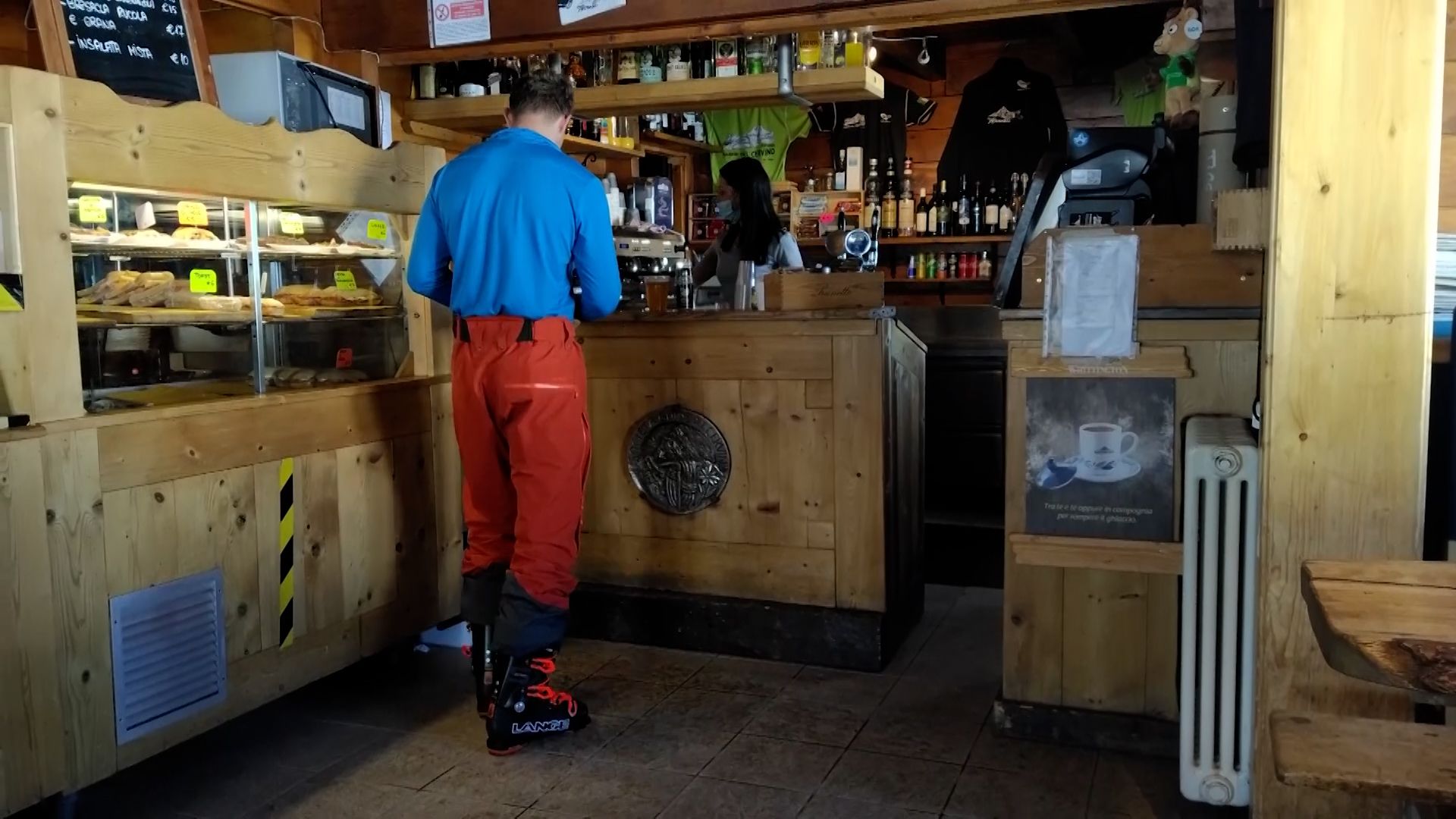
"According to the latest measurements, the border would pass right here in the middle," says Lucio, marking with his hand an imaginary line between the tables. All around him, skiers and hikers refresh themselves with dishes of typical Italian mountain cuisine, while outside a cold wind blows on the Teodulo glacier.
Lucio Trucco is the manager of the Rifugio Guide del Cervino, a small wooden hut just a few steps from the summit of the rocky prominence Testa Grigia. The windows of the hut offer breathtaking views of the highest and most famous peaks in the Alps: on one side the Matterhorn and the valley of Cervinia, on the other the Plateau Rosa and, at the bottom of the slope, the Swiss town of Zermatt.
"When it was built in 1982, the refuge was completely on Italian territory," says Trucco, "but in recent years, with the rise in temperature, the glacier that previously overlooked the building has shrunk, and as a result the border has moved, too."
The ridges of the Alps have long marked the border between Italy and Switzerland, between Mediterranean and Continental Europe. But it has not always been easy for geographers to pin down that boundary.
"When you draw the border, you can't put a demarcation point every X meters, especially where the rock is hidden by glaciers or snow that never melts," says Alain Wicht of Swisstopo, the Swiss National Topographical Institute, in his office in Bern.
On the rock and stable ground between Switzerland and Italy, metal plates and boundary stones are placed as tangible markers defining the demarcation line. But no such thing can be accomplished for those 594 km of border running along the snowfields and glaciers. "In these circumstances the watershed is then used – a theoretical line that indicates on which side of the mountain slopes the water flows," Wicht explains.
The watershed, when on a glacier, follows its natural evolution. But if the glacier melts, it can happen that its water drips no longer on one face, but on the opposite one. As a result of global warming, this phenomenon has also occurred on the Testa Grigia, making these borders mobile.



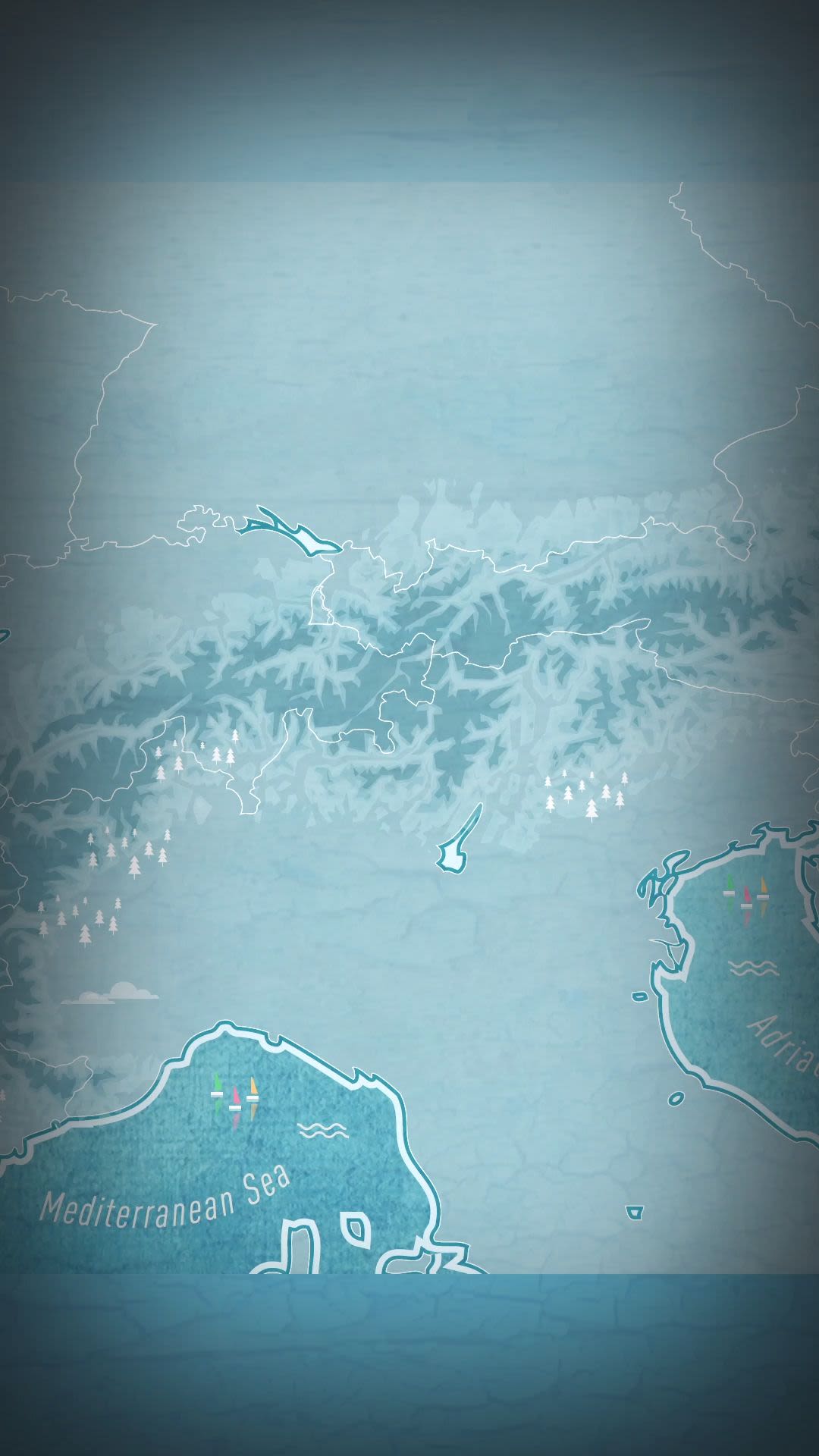
Since 2008 both countries have signed an agreement to recognize the concept of "mobile borders", and in 98% of cases Switzerland and Italy have accepted this principle by mutual agreement. In the case of Testa Grigia, however, the position of the refuge is still a matter of discord. The Guide del Cervino, with the current definition of the borders, would in fact stand divided between the two nations, right above the watershed line.
It's a situation that leaves the small hut suspended – at a height of 3,500 meters – in a transnational limbo. In the spring of 2020, a meeting between the two countries was scheduled to resolve the situation, but the coronavirus crisis pushed everything back to November, when an international commission in Florence will decide the fate of the hut.
"From what I know, Italians have already dealt with this with Austria, so it is a situation that applies to different countries," says Wicht. "Simply, in the case of Testa Grigia there is a commercial building, thus there is an economic interest involved that makes a difference, especially for Italians."
The Swiss border coordinator explains that Switzerland has never wanted to take possession of the building. "What we are proposing is an exchange of surface area so that the shelter can remain on Italian territory and the square meters that the Italians would receive would also be given back to Switzerland."
It's a condition that, in the meantime, prevents the renovation work that Lucio Trucco would like to carry out in his refuge. "As long as they don't tell us what country we're in, the renovation project remains at a standstill," he says.
Under the circumstances, he's forced to face his problems with a smile. "Given this unique situation, we could transform the refuge into half Swiss and half Italian," he says. "On the one hand, pasta dishes, Nebbiolo wine and Italian coffee, on the other, rösti and chocolate."
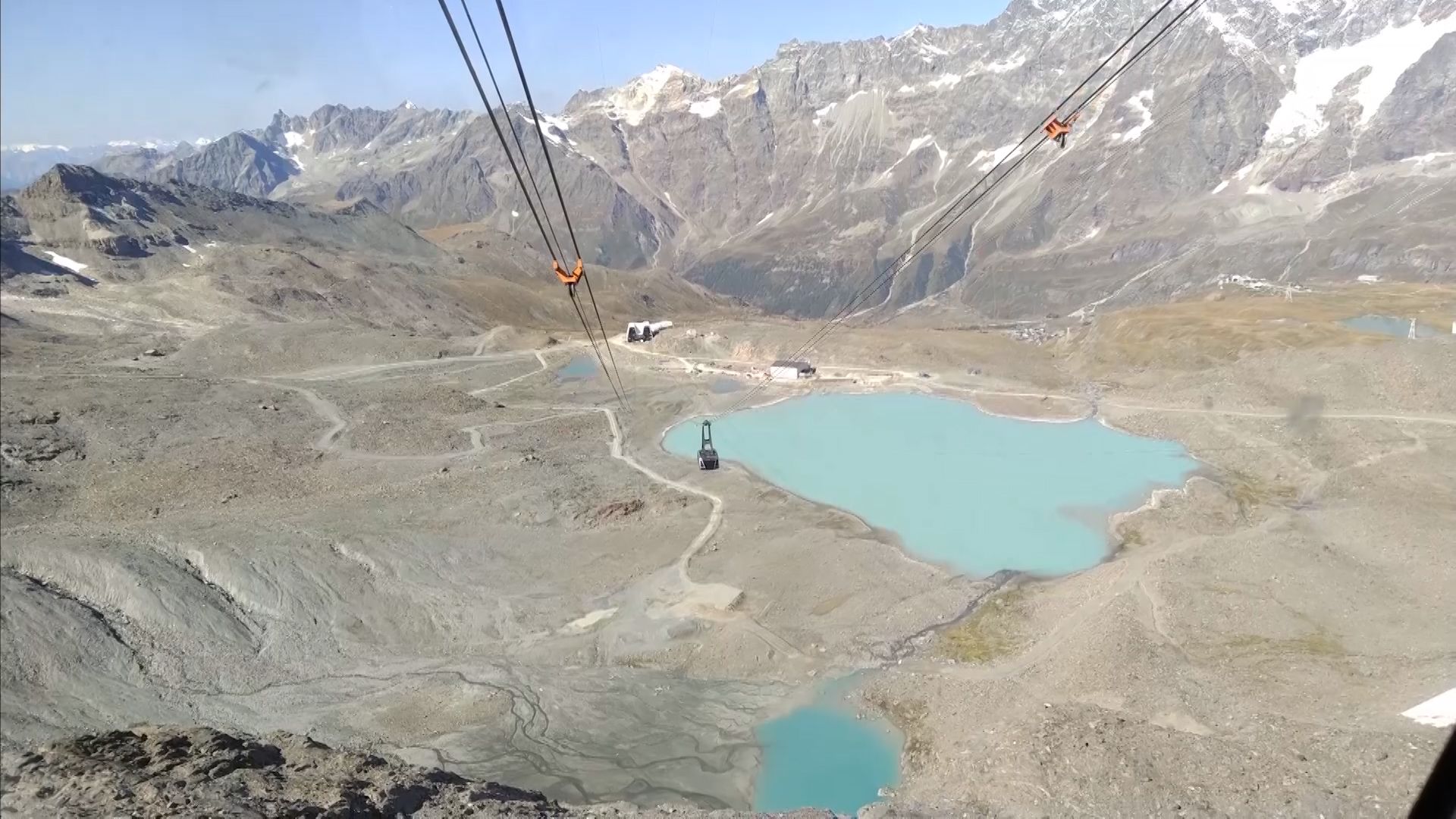
Credits:
Podcast: Johannes Pleschberger, Ross Cullen, Alice Castle, Sarah Parfitt, Elizabeth Mearns and Terry Wilson. Moving borders: Marco Carlone and Daniela Sestito. Video editor: Pedro Duarte. Graphics and animation: James Sandifer.

CGTN EUROPE 2020
